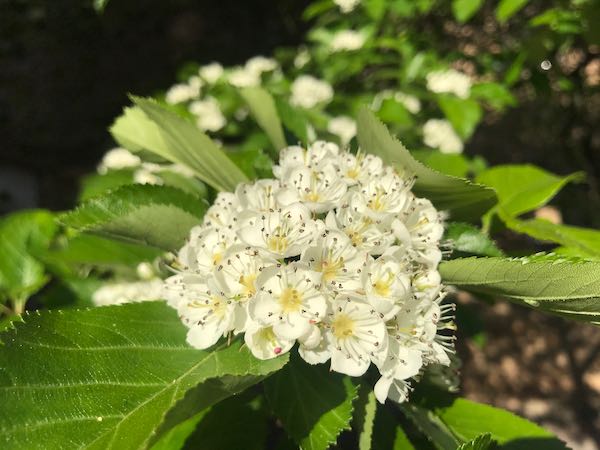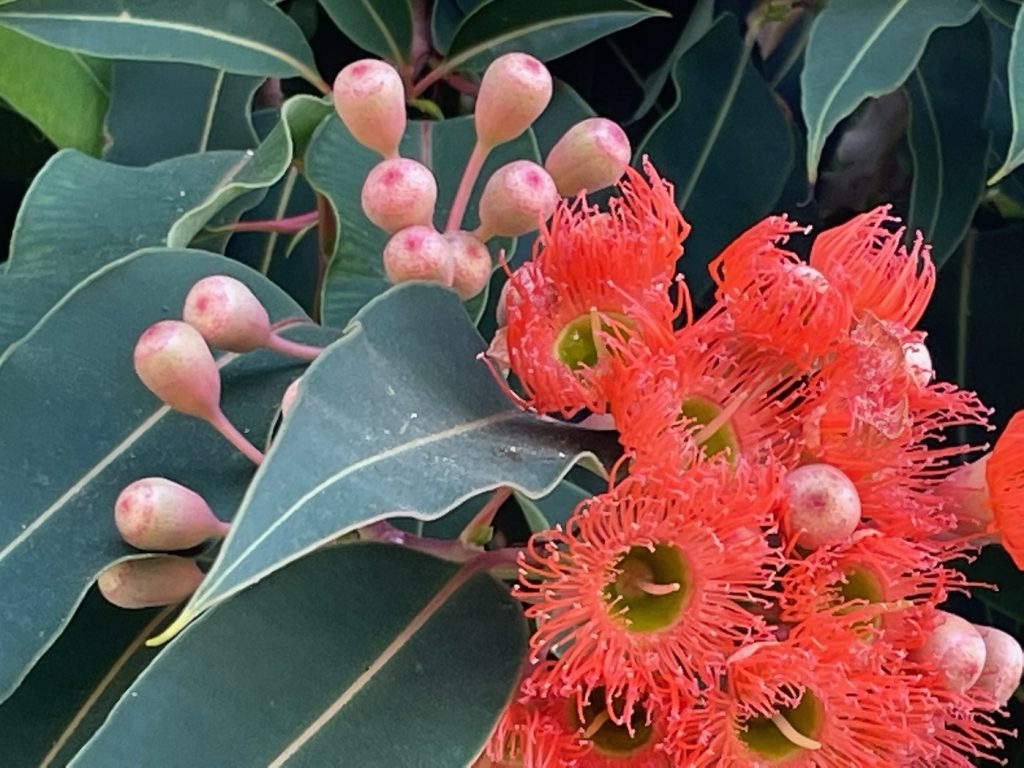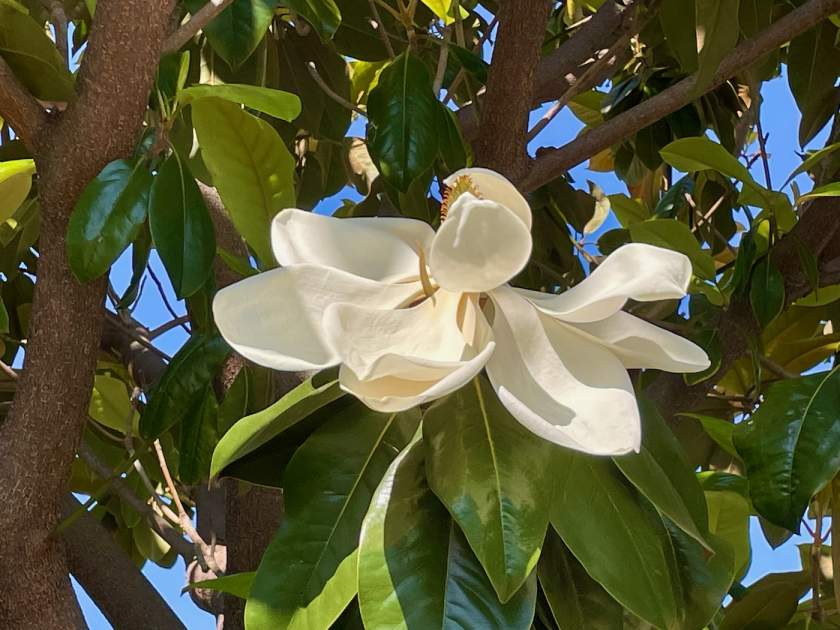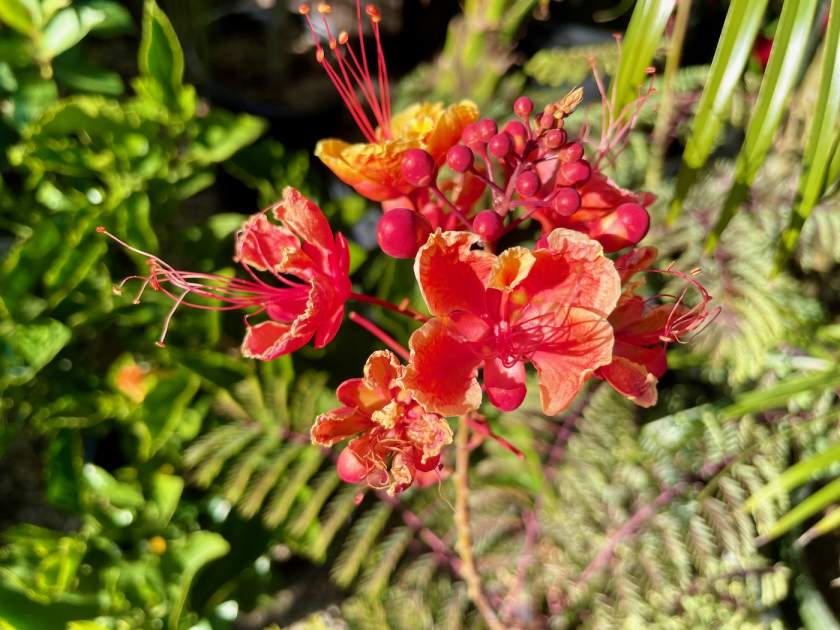Sorbus aria: The Majestic Common Whitebeam
Sorbus aria, commonly known as Common Whitebeam, belongs to the Rosaceae family of plants. It is native to Europe and can be found in various regions across the continent. This deciduous tree is known for its ornamental value, showcasing beautiful foliage, clusters of delicate flowers, and vibrant berries.
Characteristics of Sorbus aria:
- Size: Sorbus aria is a medium-sized tree that can grow up to 12 meters or 40 feet tall. It has a rounded crown and a well-defined trunk.
- Foliage: The leaves of Sorbus aria are dark green and broadly ovate in shape, with a lighter shade on the undersides. They create an attractive backdrop in the garden, providing a lush and vibrant appearance during the growing season.
- Flowers: In late spring, Sorbus aria produces clusters of hermaphroditic flowers. These flowers are small, fragrant, and have a stunning white color. They add a touch of elegance to the tree and attract pollinators, such as bees and butterflies.
- Berries: Following the blooming period, Sorbus aria develops clusters of small red berries. These berries are not only visually appealing but also serve as a valuable food source for birds and other wildlife.
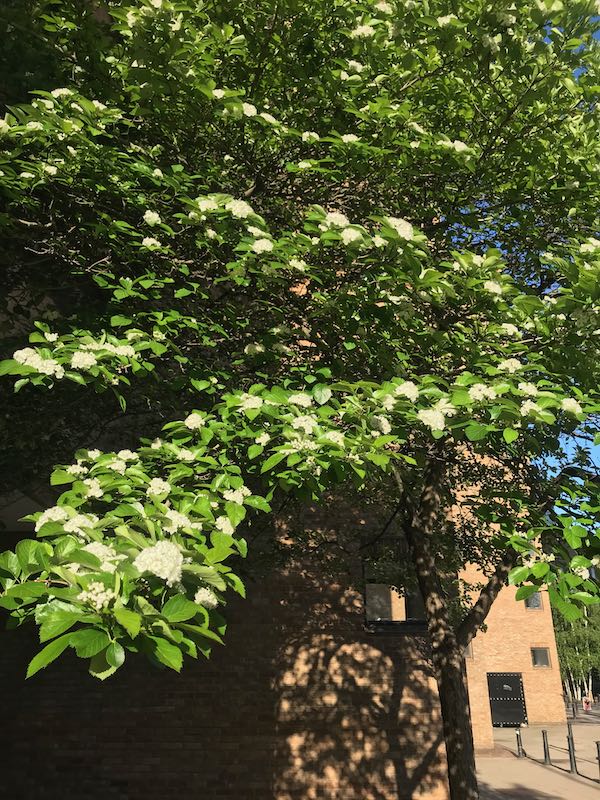
Sorbus aria, also known as Whitebeam, Beam Tree, Chess Apple, or White Beam Tree, is a captivating tree that offers year-round interest in the landscape. Its striking foliage, beautiful flowers, and colorful berries make it a popular choice among garden enthusiasts.
The leaves of Sorbus aria are a standout feature, with their dark green color and broad ovate shape. They provide a dense canopy that offers shade and creates a pleasant atmosphere in the garden. In spring, the tree becomes adorned with clusters of fragrant white flowers, creating a stunning display of natural beauty.
As summer progresses, the flowers give way to small red berries, which gradually ripen and add vibrant pops of color to the tree. These berries are not only visually appealing but also attract birds, making Sorbus aria a valuable addition to wildlife-friendly gardens.
How to Grow Sorbus aria:
Sun or Partial Shade: Sorbus aria thrives in both full sun and partial shade conditions. It is adaptable and can tolerate a range of light conditions. Ideally, provide the tree with morning sun exposure and some shade during the hot afternoon hours to protect it from intense heat.
Well-Drained Soil: When selecting a planting location for Sorbus aria, ensure the soil is moderately fertile, humus-rich, and well-drained. Good drainage is essential to prevent waterlogged conditions that could lead to root rot. Avoid heavy clay soils that retain excessive moisture.
Propagation Methods: Sorbus aria can be propagated through various methods, including seed, softwood cuttings, or grafting. Each method has its own requirements and techniques, so choose the propagation method that suits your preferences and expertise.
Disease and Pest Awareness: While Sorbus aria is generally disease-free and pest-free, it is important to monitor the tree for potential issues. Common pests that may affect this tree include aphids, blister mites, and canker. Regular inspections and prompt intervention can help manage these pests effectively. Additionally, be aware of diseases such as apple canker or fireblight and take appropriate measures to prevent their occurrence.
By following these guidelines, you can successfully cultivate Sorbus aria and enjoy its captivating beauty in your garden. With its attractive foliage, fragrant flowers, and colorful berries, this tree brings a touch of elegance and natural charm to any landscape.
